Spice Secrets of Northern African Cuisine: 7 Flavors That Will Change Your Kitchen Forever!
Welcome to the aromatic world of Northern African cuisine—a land where spices dance on your tongue and transform even the simplest ingredients into something magical. In this article, we’ll explore the soulful spice traditions that define dishes from Morocco to Egypt, and how you can bring these bold flavors into your own kitchen.
Table of Contents
- A Brief Introduction to Northern African Food
- The 7 Essential Spices of Northern Africa
- How These Spices Define Regional Dishes
- Pro Tips for Using Northern African Spices Like a Local Chef
- Final Thoughts: Embrace the Spice Legacy
A Brief Introduction to Northern African Food
Northern Africa is a culinary crossroads where Mediterranean, Arab, Berber, and sub-Saharan influences collide in the most delicious ways. The region’s cuisines are as diverse as its landscapes—ranging from the lush oases of Tunisia to the desert sands of Algeria and the fertile Nile Valley of Egypt.
The use of spices here isn’t just about flavor—it’s about identity, memory, and hospitality. Each dish tells a story, often passed down through generations. And at the heart of it all? You guessed it—spice.
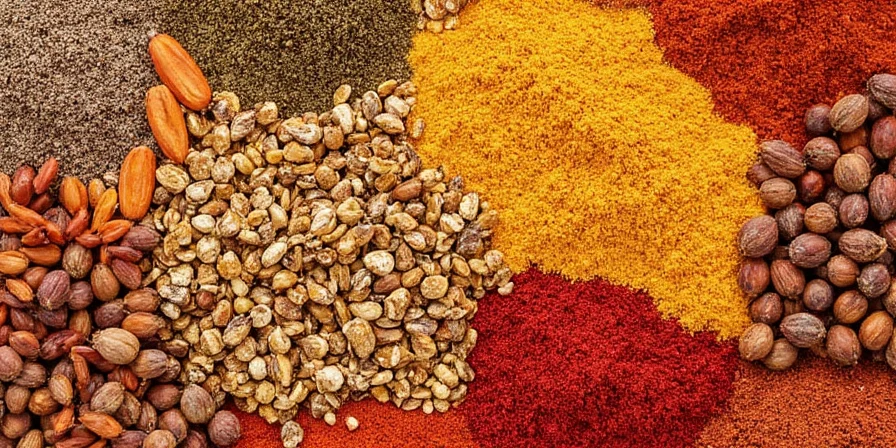
The 7 Essential Spices of Northern Africa
Let’s break down the holy spice septet that defines Northern African cuisine. These aren’t just random seasonings—they’re the backbone of some of the most beloved dishes across the region.
| Spice | Main Flavor Profile | Popular Region(s) | Signature Dish |
|---|---|---|---|
| Ras el Hanout | Earthy, floral, and warming | Morocco | Tagine |
| Cumin | Pungent, nutty, smoky | Across North Africa | Chermoula-based dishes |
| Cinnamon | Sweet, woody, and aromatic | Morocco & Egypt | M’semen (flatbread), Sweet Tagines |
| Paprika | Smoky, sweet, slightly bitter | Tunisia & Libya | Harissa paste |
| Ginger | Spicy, zesty, warm | All over North Africa | B’stilla |
| Coriander | Citrusy, earthy, nutty | Algeria & Morocco | Chickpea stews |
| Cayenne Pepper | Hot, sharp, and fiery | Tunisia primarily | Spicy lamb tagine |
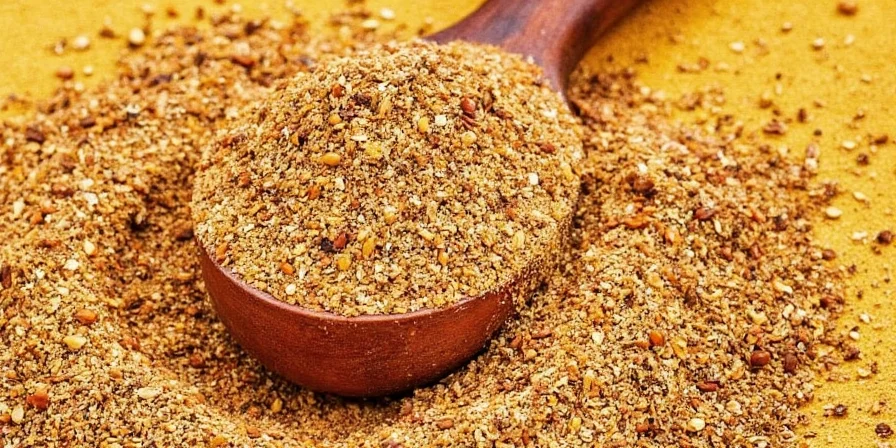
How These Spices Define Regional Dishes
Let’s take a quick tour through the most iconic dishes and how they highlight Northern Africa’s rich spice culture:
- Tagine (Morocco): This slow-cooked stew owes its depth of flavor to a perfect blend of Ras el Hanout, ginger, cinnamon, and turmeric.
- Harissa (Tunisia): A fire-roasted chili paste made with smoked paprika, garlic, coriander, and cayenne pepper—used to elevate couscous, stews, and meats.
- Koshari (Egypt): While not spicy by default, Egyptian street food gets a subtle kick from cumin and allspice mixed into lentils and rice.
- B’stilla (Morocco): A savory-sweet pie made with pigeon or chicken, dusted with powdered sugar and cinnamon—an unforgettable blend of sweet and spicy.
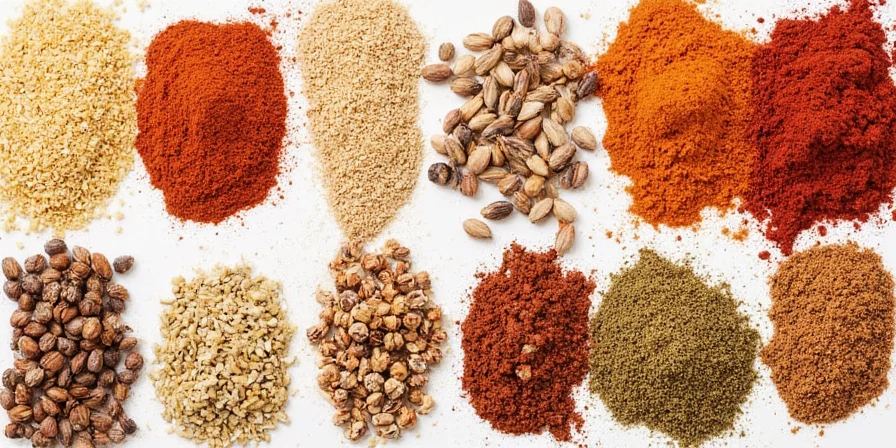
Pro Tips for Using Northern African Spices Like a Local Chef
If you want to nail the flavors like a true North African home cook, here are some practical tricks from the pros:
- Toasting makes a difference: Toast whole seeds like cumin and coriander in a dry pan before grinding them. It unlocks their oils and intensifies flavor.
- Build layers of spice: Don’t just add everything at once. Add base spices first (like cumin and coriander), then layer in warmth (cinnamon, ginger), and finish with heat (chili) if needed.
- Freshness matters: Buy small quantities of whole spices and grind them yourself. Ground spices lose potency quickly.
- Make your own blends: Create your own version of Ras el Hanout using equal parts cumin, cinnamon, coriander, allspice, and a pinch of clove. Adjust to taste!
- Dare to mix sweet and savory: Try adding a dash of cinnamon to tomato sauces or sprinkle a little sugar on lamb seasoned with Ras el Hanout. Trust us—it works.
- Pair with citrus: Many Northern African dishes balance spice with lemon juice or zest. A squeeze of lemon on grilled fish with Chermoula? Perfection.
- Use oil to bloom flavor: Always cook your spices in oil or butter before adding liquids. This “blooming” technique enhances their aroma and integration into the dish.
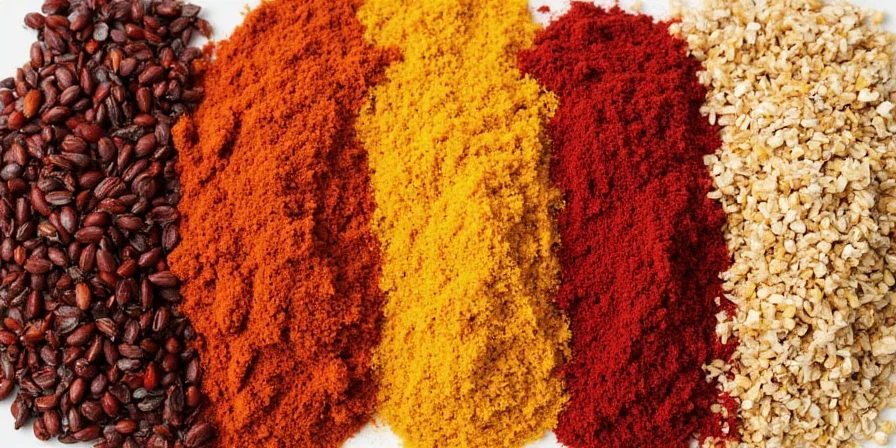
Final Thoughts: Embrace the Spice Legacy
Northern African cuisine teaches us that spices are more than just flavor enhancers—they’re storytellers, cultural markers, and kitchen superheroes. Whether you're simmering a pot of spiced chickpea stew or whipping up your own batch of harissa, each bite connects you to centuries of tradition.
So next time you open your spice drawer, don’t be afraid to go big. Think of yourself as part chef, part explorer, and part alchemist—because when you cook with Northern African spices, you’re doing a little bit of magic every day.
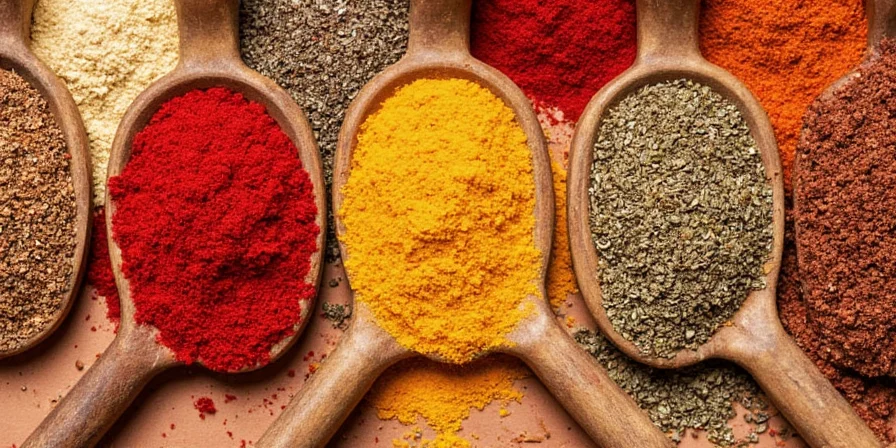

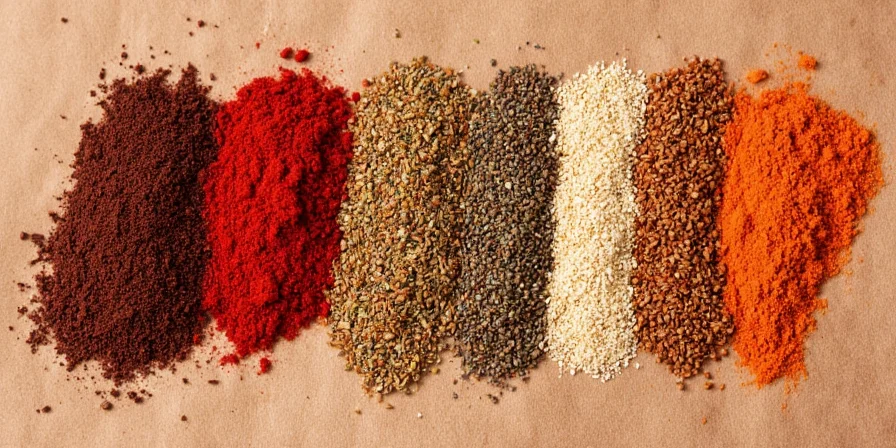









 浙公网安备
33010002000092号
浙公网安备
33010002000092号 浙B2-20120091-4
浙B2-20120091-4